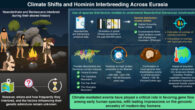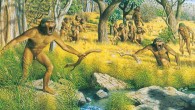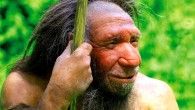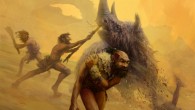Today, there are more than 8 billion human beings on the planet. Our species dominate Earth’s landscapes, and our activities are driving large numbers of other species to extinction. Had a researcher looked at the world sometime between 800,000 and 900,000 years ago, however, the picture would have been quite different. Using a new model called fast infinitesimal time coalescent process (FitCoal), East China Normal University’s Dr. Yi-Hsuan Pan...

















